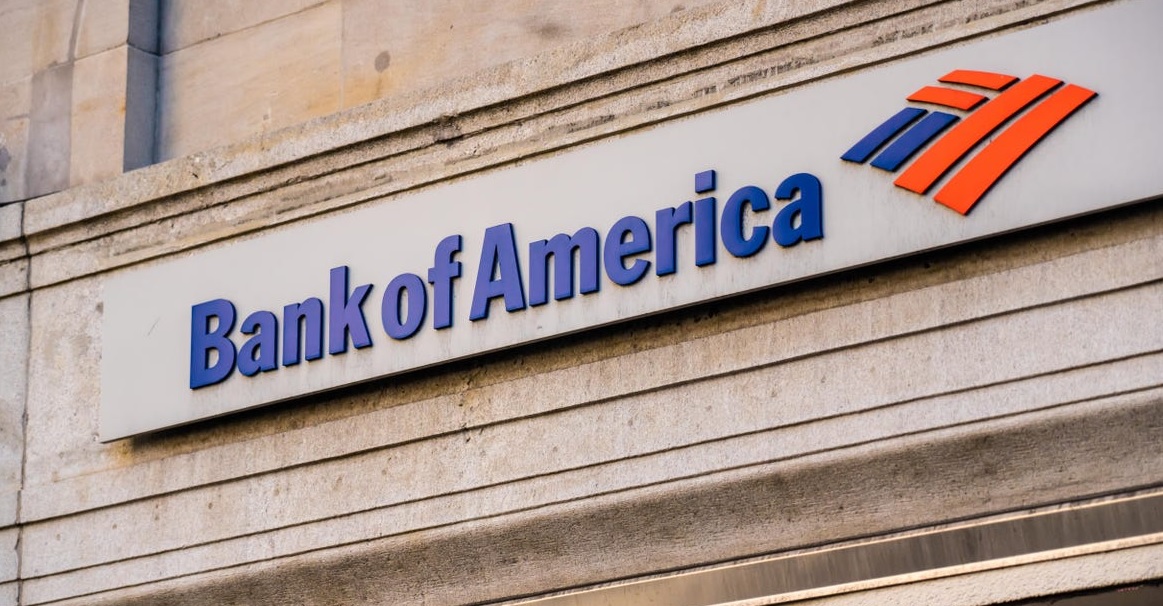
The Fed Chair has previously emphasised that it is not important to be the first to develop a sovereign digital currency
The US will deploy a central bank-backed digital currency by 2030, in the opinion of the Bank of America. The bank views the issuance of a central bank digital currency in the US as 'inevitable' even as financial authorities and lawmakers continue debating about its feasibility.
Bloomberg reported yesterday that the investment and financial services banking firm believes the CBDC will be different from existing digital currencies. It will be primarily under the Federal Reserve and won't be managed by other commercial banking institutions.
Many countries worldwide are currently entertaining the idea of central bank digital currencies. Some, like The Bahamas, have already adopted a virtual currency, while others like China, Korea and Sweden have made significant progress.
The US is, however, yet to act on the same, with Fed Chair Jerome Powell reiterating that the Federal Reserve will take its time to develop the digital currency.
Stablecoins won't be phased out
The report compiled by two of the bank's analysts, Andrew Moss and Alkesh Shah, also detailed that the insurgence of stablecoins can't be overlooked. The pair added that these virtual currencies would see more use over the years, etching their place in the monetary system more so if the US lags on CBDC development.
"We expect stablecoin adoption and use for payments to increase significantly over the next several years as financial institutions explore digital asset custody and trading solutions and as payments companies incorporate blockchain technology into their platforms," a section of the report cited by Bloomberg read.
It is worth noting that earlier this month, Powell revealed that CBDCs and' well-regulated, privately issued stablecoins' could both exist in the US financial system. In a hearing before the Senate Banking Committee, Powell explained that the two are not mutually exclusive and, as such, they can be used within the same system.
Challenges and benefits of a CBDC in the US
Moss and Shah pointed out that private entities-issued digital currencies would likely continue being in use. They also recognised three potential issues standing in the way of CBDC adoption: – financial instability, user privacy and illegal transactions.
The Bank of America report has come less than a week since the Federal Reserve Bank released a report exploring the merits and demerits of adopting a digital currency.
The 40-page report titled, 'Money and Payments: The US Dollar in the Age of Digital Transformation' also looked into the uses & functions a CBDC would have as well as the potential risks & policy considerations involved.
The Federal Reserve report published last Thursday outlined lower transaction costs and faster settlements as the main benefits of a CBDC. It also highlighted invasion of user privacy as the biggest downside since the government has power over CBDC issuance.
Korea wraps up the first round of CBDC mock testing
Elsewhere, the Yonhap News Agency reported yesterday that the Bank of Korea had completed the first of a two-stage CBDC pilot program. The first stage commenced in August and ran until December. The last stage is currently in progress and will end by June.
The former focused on the primary functions of the digital currency, while the latter will dwell on real-life CBDC use cases, including cross-border remittance as well as retail and offline payments. For this second stage, the bank will reportedly involve other institutions.
Upon successful completion of this stage, the bank would look into deployment plans.

